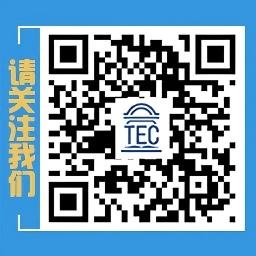
Editor-in-Chief: HUANG Xingfeng
Advisor: ZHANG Minxuan
The book reveals the characteristics of mathematics education in the UK: a broad scope of knowledge but insufficient depth, students’ weak foundational computational skills, reliance on teaching aids (such as counting sticks and number bars), and an emphasis on interdisciplinary integration and practical application in daily life. For example, while British students are exposed to fractions as early as Year 1, their understanding of numerators and denominators varies due to the lack of systematic textbooks, requiring the gradual construction of concepts through visualized scenarios like "dividing a pizza." In contrast, Shanghai’s mathematics teaching emphasizes a "spiral progression" knowledge system, solidifying foundational skills through incremental learning and variant exercises. For instance, in teaching two-digit subtraction, Chinese teachers use mnemonics such as "subtract units from units, tens from tens" along with intuitive teaching aids to help British students overcome obstacles in abstract arithmetic.
The authors pay special attention to the impact of cultural differences on teaching. British classrooms prioritize students’ independent exploration and expression, encouraging them to ask "why" questions, while Chinese teachers introduce fast-paced interactive methods like "ping-pong questioning" to enhance classroom efficiency. Meanwhile, drawing on Shanghai’s teaching research model, British teachers have begun to emphasize the coherence of knowledge points and differentiated instruction—for example, strengthening training on addition and subtraction within 20 as a core module. Case studies in the book show that through mutual learning between China and the UK, British classrooms have gradually integrated "Shanghai elements," such as using greater-than and less-than signs for fraction comparison and completing mathematical modeling tasks through group collaboration.
Beyond providing practical references for mathematics educators on cross-cultural teaching, the book also prompts reflections on the essence of education: mathematics teaching must strike a balance between rigor and fun, systematicity and flexibility, ultimately achieving the educational goal of "imparting knowledge of heaven, earth, people, and events; nurturing self-awareness of life."




